What components make up a hose assembly?
/ 1
Hydraulic hoses are a crucial component of fluid power systems, safely transferring pressurised hydraulic fluids between parts of your systems.
The hose assembly is made up of several key pieces, each designed for specific functionality, and taking into account safety, reliability and performance at all stages.
Hose components
Despite looking like a single piece of equipment, a hydraulic hose is actually made up of multiple layers; tube, reinforcement, and cover.
Tube
This is the inner most part and is the section that has contact with whatever fluid is being passed. Common tube materials include;
- Synthetic rubber
- Thermoplastics
- PTFE (Polytetrafluoroethylene)
Each type of tube offers different levels of chemical resistance and flexibility, depending on your needs.
Reinforcement
Surrounding the inner tube, the reinforcement part gives the hose its strength and pressure rating.
These can be braided, spiral, helical wire, or textile yarns, which have different benefits;
Spiral: high strength with less flexibility
Braided: Good flexibility and suitable for low/medium pressure applications
Helical: Very flexible – perfect for suction and return lines
Cover
This layer protects the hose from outside elements, such as weather, abrasions, or other liquids.
Most are made from synthetic rubber like neoprene, or polyurethane. Covers are vital for maintaining the lifespan of your hose.
Hose fittings
Fittings are the end sections of a hose and have a very wide range of functions and can be installed either by crimping (common in most hydraulic hose applications) or via screw-on end.
Generally, fittings are comprising of two parts;
Socket – slides over the hose’s out cover and secures the fitting
Stem – inserts into the hose’s inner tube and extends outward to connect with other equipment.
Like hoses, fittings have to meet various specifications and are usually designed to fit a specific purpose.
Sealings
Ensuring a leak-free connection between elements of your systems, sealings secure your hose and are essential for both safety and performance.
O-ring
A high-pressure seal that compresses an elastomeric ring between surfaces
Mating angle
Makes a seal by wedging two angled surfaces together
Tapered threads
Seals by deforming threads under pressure
Why quality hose components matter
Hoses and fittings are typically designed to be a matched set. It is important to refer to the manufacturer’s recommended hose and fitting combinations for proper assembly and application.
A well-constructed hose assembly can mean the difference between efficient operation and expensive downtime.
We have been manufacturing hose assemblies at our Sunderland base for over 30 years, for more information on our services please contact us at hos@hos.co.uk.


